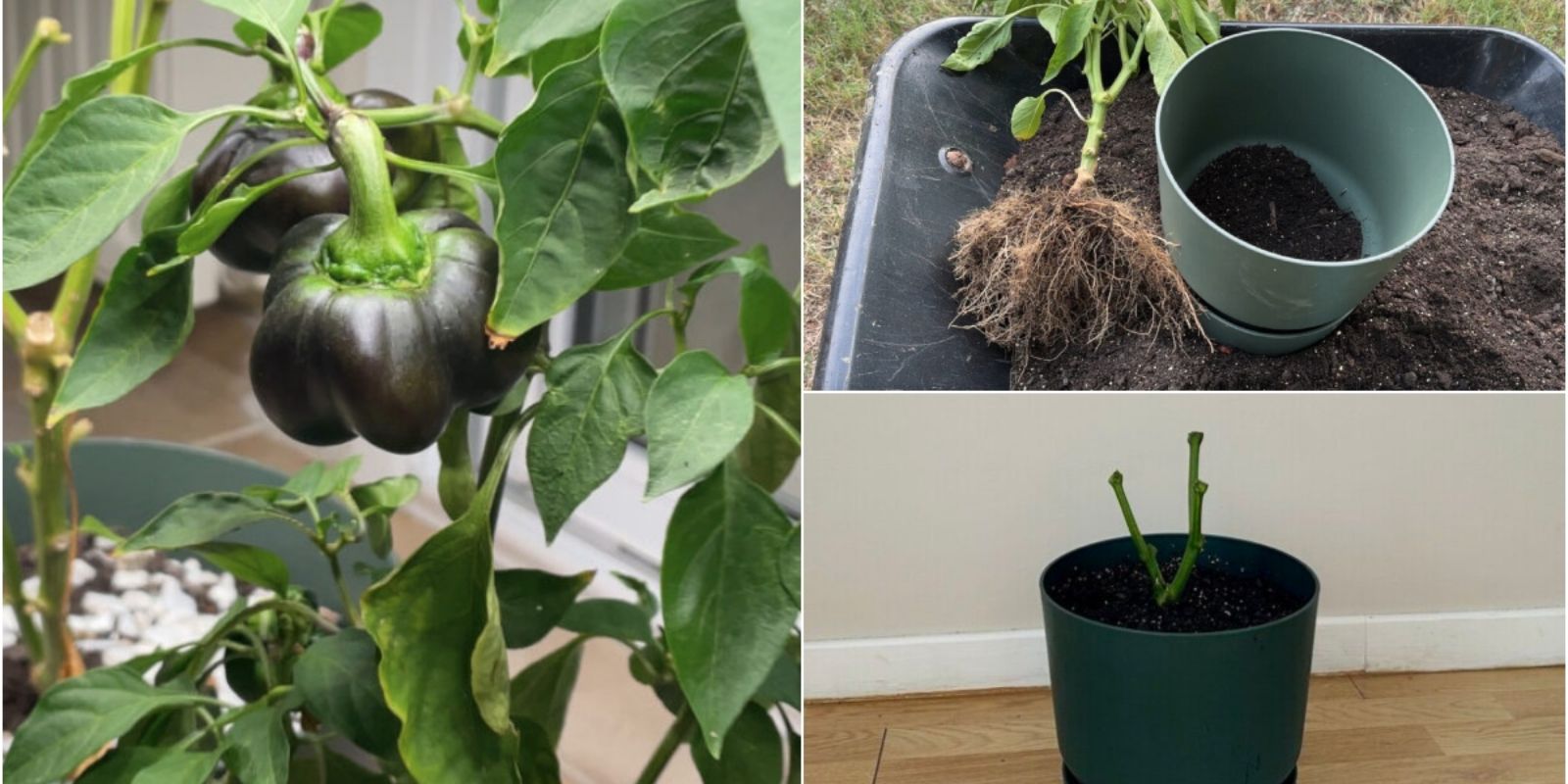Peppers, whether bell, chili, or sweet, are beloved staples in home gardens worldwide. While many gardeners treat them as annuals, peppers are naturally perennial plants in warm climates. By overwintering your pepper plants, you can save yourself time, effort, and money by avoiding the need to start from seed each year. Even better, overwintering often results in more vigorous plants and higher yields in subsequent growing seasons. Here’s your comprehensive guide to successfully overwintering pepper plants and preparing them for a productive spring.
Why Overwinter Your Pepper Plants?
Overwintering pepper plants offers several benefits:
- Larger Harvests: Older plants produce more fruit, as they already have established root systems and structures.
- Saves Money: You won’t need to buy seeds or starter plants every year.
- Earlier Yields: Overwintered plants start producing peppers earlier in the season.
- Preserve Rare Varieties: If you’ve grown a unique or rare pepper variety, overwintering ensures you don’t lose it.
When to Start Overwintering
The best time to prepare your pepper plants for overwintering is before the first frost in late autumn. As temperatures begin to dip below 50°F (10°C), peppers slow their growth and become more vulnerable to damage.
Step-by-Step Guide to Overwinter Pepper Plants
1. Choose the Right Plants
Not all pepper plants are ideal candidates for overwintering. Select healthy, robust plants that are free from diseases or severe pest infestations. Avoid plants with extensive damage or weak stems, as they may not survive the transition.
2. Prune the Plant
Pruning is a crucial step in overwintering. Cut back your pepper plant to about 6–8 inches tall, leaving a few main stems and branches. This process conserves energy, reduces the risk of pests hiding in foliage, and makes the plant more manageable for indoor storage.
- How to Prune Properly:
- Use sterilized pruning shears to make clean cuts.
- Remove all flowers, fruit, and unnecessary leaves to focus the plant’s energy on survival.
- Look for dead or diseased branches and remove them as well.
3. Inspect for Pests and Diseases
Before bringing your plant indoors, check for pests such as aphids, spider mites, or whiteflies. Use a gentle insecticidal soap or neem oil to treat any infestations. Wipe the leaves and stems thoroughly, and rinse with water to remove lingering eggs or larvae.
4. Dig Up and Pot the Plant
Carefully dig up the plant from your garden bed, keeping as much of the root ball intact as possible. Place it in a clean pot with well-draining soil. Use a pot that is slightly larger than the root ball to give the plant space to settle.
- Soil Tip: Use a lightweight potting mix with good drainage to prevent waterlogging and root rot.
5. Find the Perfect Spot Indoors
Peppers thrive in bright light, so place your potted plants near a south-facing window or under a grow light. They need at least 6–8 hours of light daily, even in their dormant state.
- Temperature: Maintain indoor temperatures between 60–70°F (15–21°C). Avoid placing the plant near drafts or heating vents.
6. Adjust Watering Habits
During winter, peppers enter a state of dormancy and require significantly less water. Overwatering is the most common cause of failure during overwintering. Water only when the soil is dry to the touch, and ensure the pot has proper drainage.
7. Fertilization
Refrain from fertilizing during the winter months. The plant won’t use nutrients while dormant, and over-fertilization can harm the roots. Resume feeding lightly in late winter or early spring as the plant begins to wake up.
8. Remove New Growth
If your pepper plant starts producing flowers or fruit during the winter, pinch them off immediately. Allowing the plant to focus on producing peppers during dormancy will drain its energy reserves.
How to Wake Up Your Pepper Plant in Spring
- Reintroduce to Bright Sunlight: Once the risk of frost has passed, begin acclimating your plant to outdoor conditions by gradually exposing it to sunlight over a week.
- Increase Watering and Fertilizer: As the plant resumes active growth, increase the frequency of watering and feed with a balanced fertilizer.
- Repot or Replant: Transfer the plant back into your garden bed or a larger pot with fresh soil for optimal growth.
Common Overwintering Mistakes to Avoid
- Overwatering: Remember, less is more during dormancy.
- Ignoring Pests: Pests can thrive indoors; inspect regularly and treat immediately if needed.
- Poor Lighting: Without enough light, plants can weaken or die.
FAQ About Overwintering Pepper Plants
Q: Can all types of peppers be overwintered?
Yes, most pepper varieties, including bell peppers, jalapeños, and habaneros, can be overwintered successfully.
Q: What if my plant loses all its leaves?
Leaf drop is normal during dormancy. Focus on keeping the stem healthy and look for new growth in spring.
Q: Can I skip pruning?
Pruning is recommended to reduce energy expenditure and prevent pests, but plants can survive without it.
The Reward of Overwintering Peppers
Overwintering pepper plants is a rewarding process that allows you to enjoy larger and earlier harvests while preserving your favorite varieties. With a bit of effort during the colder months, you’ll set the stage for a thriving garden in the spring.
🌟 Have you tried overwintering your pepper plants? Share your tips and experiences below to inspire fellow gardeners!
Hashtags:
#OverwinteringPeppers #GardeningTips #PepperPlants #HomeGardening #IndoorPlants #PlantCare #SustainableGardening

